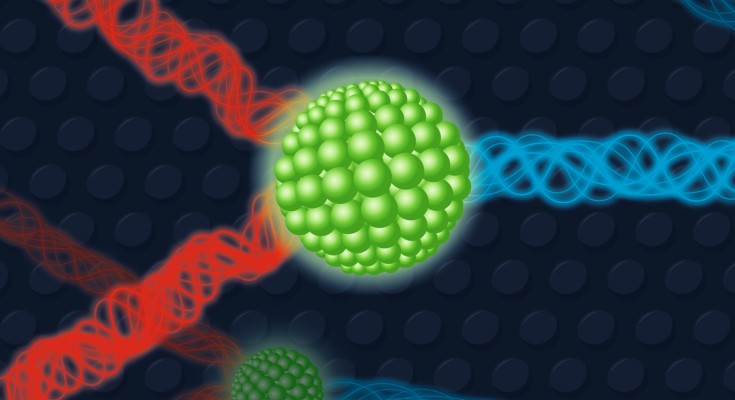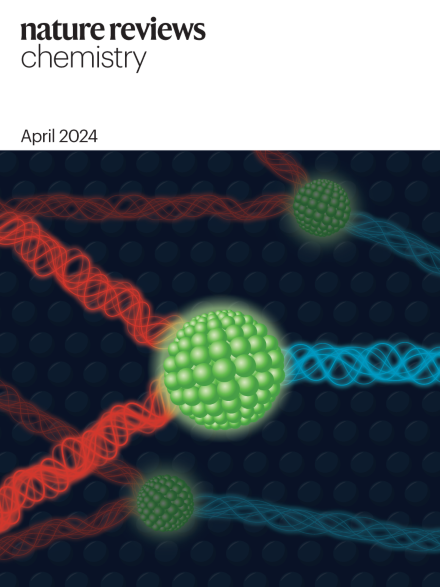
Two become one
Upconversion can enable excitation of molecules in hard-to-reach areas which short-wavelength light cannot reach. Lower energy photons are more likely and their combination can excite such targets.

Upconversion can enable excitation of molecules in hard-to-reach areas which short-wavelength light cannot reach. Lower energy photons are more likely and their combination can excite such targets.


Effective separations underpin actinide science and technologies. Here, we provide an overview of six recently reported approaches.
